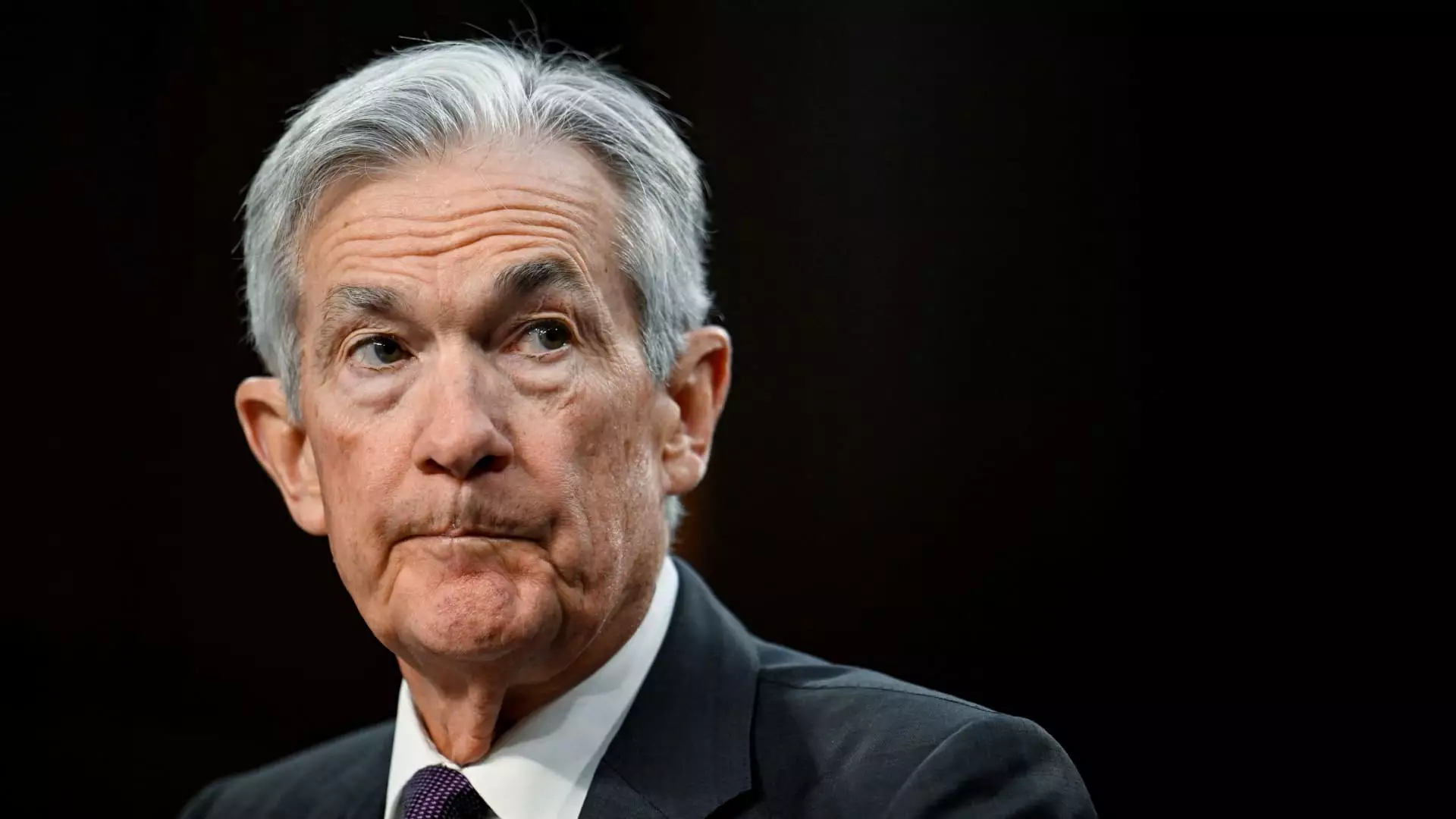In recent discussions, Federal Reserve officials have been vocal about the notion that monetary policy is “well-positioned” to adapt to potential risks, both positive and negative. However, a closer examination suggests that the reality is more nuanced—policy is seemingly locked in a neutral stance. The ongoing economic landscape is saturated with uncertainties that continue to flummox policymakers, reflecting the inherent challenges they face. The strategic framework appears to be one of watchful waiting, as the central bank braces itself for a possible protracted period of unpredictability.
Atlanta Fed President Raphael Bostic highlighted this precarious balancing act in a recent blog post, underscoring that amidst discussions of possible shifts in tax and regulatory policies, there exists a palpable anxiety regarding impending changes in trade and immigration laws. Such conflicting narratives contribute to a more complex environment for policymakers, making it difficult to chart a definitive path forward amid escalating uncertainties.
The recent wave of “Fedspeak” has further galvanized the conversation surrounding the Fed’s caution. Such communications from Chair Jerome Powell and other regional presidents reflect a growing awareness of the volatility tied to particular economic measures championed by the current administration. While the phrase “well-positioned” continues to echo through financial circles post-policy meetings, there is a discernible shift toward acknowledging the underlying risks introduced by aggressive economic strategies, notably those surrounding tariffs.
Indeed, minutes from the Federal Open Market Committee’s January meeting underscore this precautionary disposition, with the term “uncertainty” surfacing multiple times in the discussions. At its core, the Fed’s deliberations hinge on two primary variables: employment stability, which boasts a relatively positive trajectory, and inflation dynamics, which are currently subdued but could easily pivot under shifting market pressures.
The predicament of inflation remains a focal point of concern for the Federal Reserve. With a target inflation rate of 2% that has evaded policymakers for over four years, the specter of rising prices looms large. St. Louis Fed President Alberto Musalem articulated this worry, pointing out the potential for inflationary pressures to escalate if current policies do not shift from their “modestly restrictive” status, currently pegged between 4.25%-4.5%. While Musalem views slower activity as a likely scenario, he remains acutely aware of the potential for inflation to surge unexpectedly, complicating the broader economic narrative.
In an environment rife with uncertainty, caution resonates throughout the Fed. Bostic’s remarks that “this is no time for complacency” reinforce the notion that vigilance is paramount as new threats to price stability emerge. The interconnectedness of financial stability and inflation makes it imperative for the Fed to assess conditions thoroughly before enacting further adjustments to interest rates.
While tariffs take center stage in discussions on inflation, the broader financial landscape presents additional challenges. Risk factors, notably the high levels of leverage and the burden of long-duration debt, echo concerns around the stability of the financial system. Economists like Mark Zandi have sounded alarms about the fragility of the U.S. bond market, which he labels as “incredibly fragile.” The apprehension of a possible sell-off in the bond market raises pivotal questions about the ripple effects such an event might provoke.
Within this context, the prospects for interest rate cuts appear bleak. While market speculation suggests the possibility of a half-percentage-point rate reduction by the year’s end, that outlook seems overly optimistic given the straining pressures of tariffs and inflation expectations. Zandi has emphatically pointed out that without clearer indicators of inflation moving back towards target levels, rate cuts remain unlikely.
As the Federal Reserve navigates through this ocean of uncertainties, the path forward is laden with caution and complexity. The interplay of tariffs, inflation dynamics, and broader financial stability constitutes a precarious tightrope walk for policymakers. While the current economic conditions display a semblance of resilience, the uncharted waters of trade wars and evolving fiscal policies could easily disrupt this status quo.
As the Fed continues in its pursuit of stability in monetary policy, it is paramount that officials proceed with a blend of humility and vigilance, cognizant of the implications their decisions hold not just for the immediate economic landscape but for the broader financial framework as well. The emphasis on remaining responsive to unfolding developments will ultimately dictate the central bank’s ability to maintain an equilibrium amidst the turbulence of potential economic storms ahead.

